blog
Book Review: Legacy in Stone: Syria Before War by Kevin Bubriski
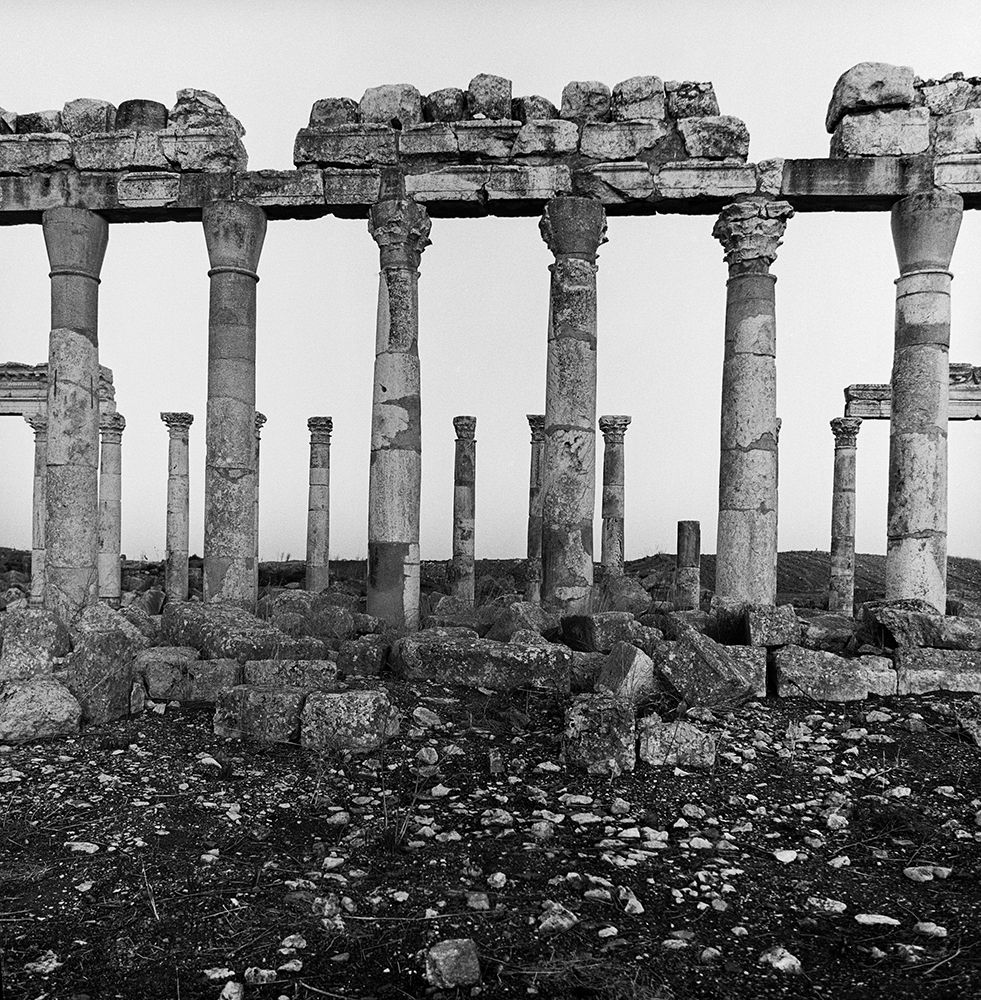
Kevin Bubriski was on assignment in Syria in 2003, during the infancy of the U.S. war in neighboring Iraq. He was photographing the country’s ancient monuments, as well as documenting the daily lives and ordinary human stories of its citizens. Unbeknownst to him, within the decade, a war would break out in Syria, and destroy or damage much of what he had photographed. Legacy in Stone: Syria Before War is a collection of 100 black-and-white photographs immortalizing the ancient monuments of Syria.
Until the Syrian civil war in 2010, the Suq (an open marketplace) in Aleppo was considered to be the longest continuously inhabited place of commerce in the world, existing for well over two millennia. Bubriski photographed the Suq while it was still thriving, teeming with merchants and artisans. He also captured stunning, decisive images from the Dead Cities, the basilica of St. Simeon, the pilgrimage sites of Serjilla, al-Bara, Kharab Shams, Mushabak, Baqirha, Qalb Lozeh, Resafe, early Islamic sites near Raqqa, and the ancient Roman trade cities of Apamea and Palmyra.
Bubriski recalls a special sense of discovery and awe being in a place of such rich history and haunting beauty. He remembers holding his breath and seeing the ruins take shape on the ground-glass of his camera as he gathered and preserved these sites forever in photographs. In an interview with public radio station WBUR earlier this year, Bubriski and Syrian scholar Amr Al-Zam spoke about important aspects of the project and the photographs. Al-Zam wrote the foreword to the book, and he said, “Syria is very fortunate in that it is an extremely rich region in terms of the amount of cultural heritage that we have. So even as we have lost such amazing, beautiful sites and monuments, there is still a huge amount left. My concern is that our ability to then make sure that future generations can see, feel, and experience the same things that we have and if not the same way, in just as equally meaningful manner.” But Al-Zam has also been quoted saying… “the damage is phenomenal and it’s gone forever. It can never be returned or retrieved.”
Bubriski’s images of Syria feature the architecture, and in some cases, the people he encountered at a number of the sites he photographed. The living legacy of Syria, its people, will endure. This is in contrast to the ruins of cities, cathedrals, and infrastructure that had stood for centuries. Generations of Syrians will never get to experience the rich history firsthand. Bubriski’s images serve to document and educate. Roman columns and roadways, Suq rope makers and soap sellers, stacks of limestone abstracted in his compositions – in light of the destruction that has happened since the images were made, I felt lucky to be able to view these scenes. In the same WBUR interview, Bubriski says, “Everything has been damaged to some extent. Some things have been entirely destroyed. … This was a direct assault on the cultural history of place, and also the multi-ethnic cultural histories, because there were the ancient Romans and the early Christians and the Byzantine world, followed by the early Islamic world. All of that was targeted by ISIS and others.”
Some of the scenes Bubriski captured may never exist again. Without him as witness, and his photographs as evidence, this aspect of world history might have remained lost.
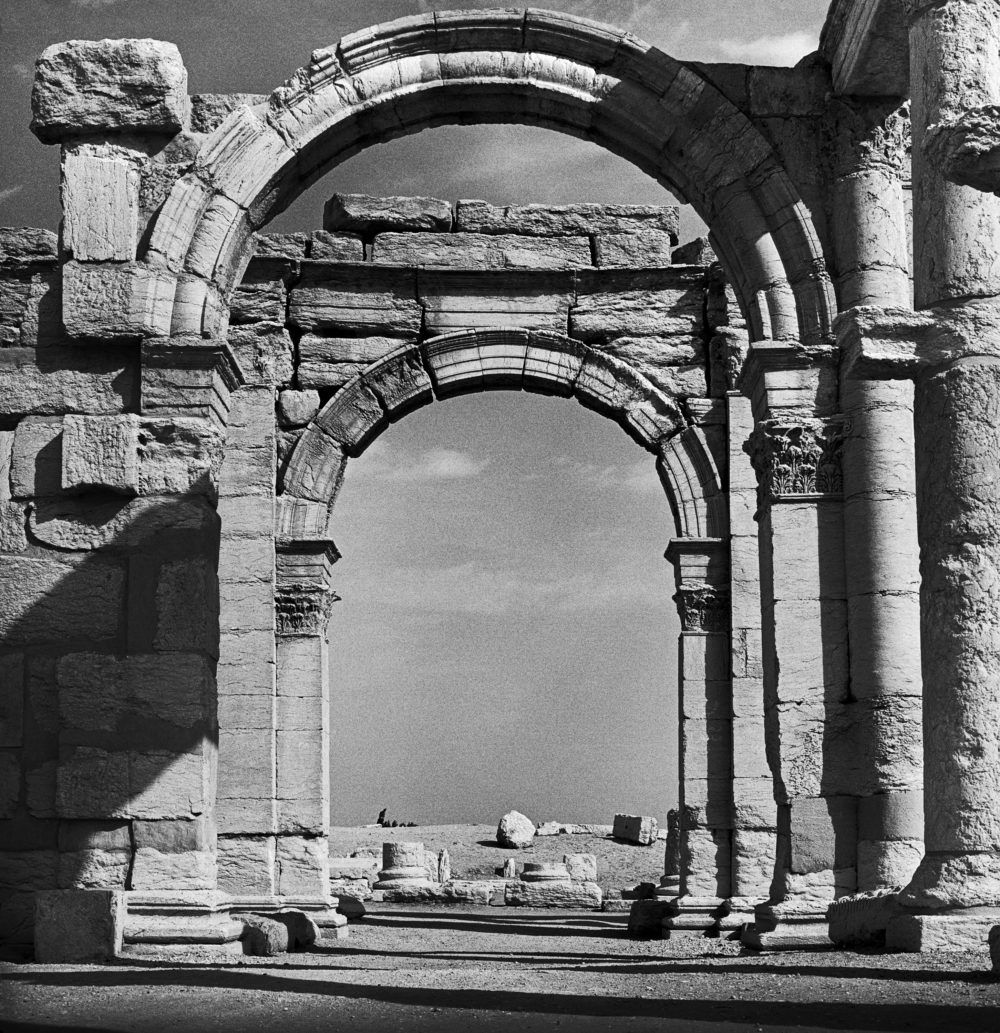
From Legacy in Stone by Kevin Bubriski, published by powerHouse Books

From Legacy in Stone by Kevin Bubriski, published by powerHouse Books
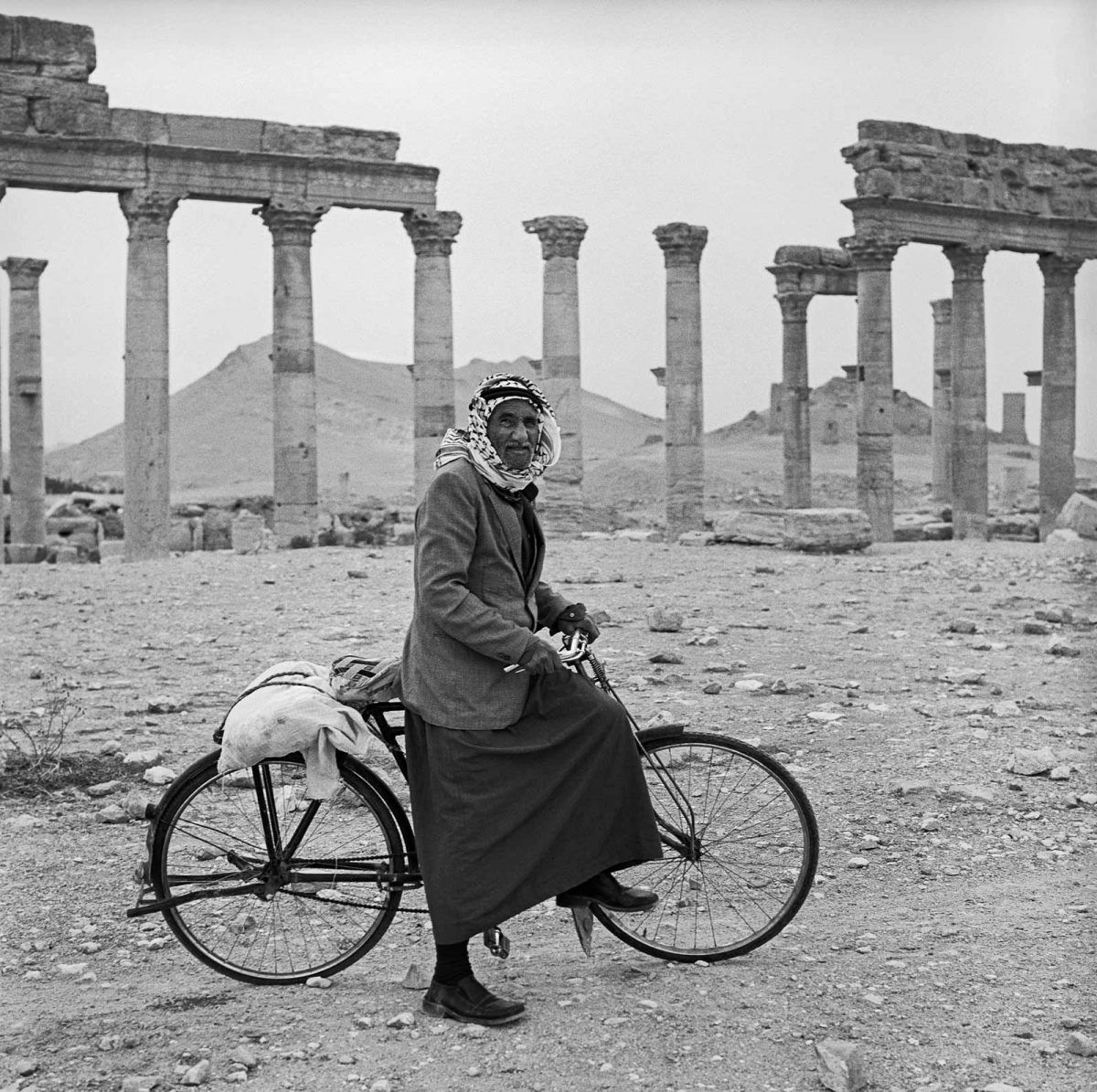
From Legacy in Stone by Kevin Bubriski, published by powerHouse Books
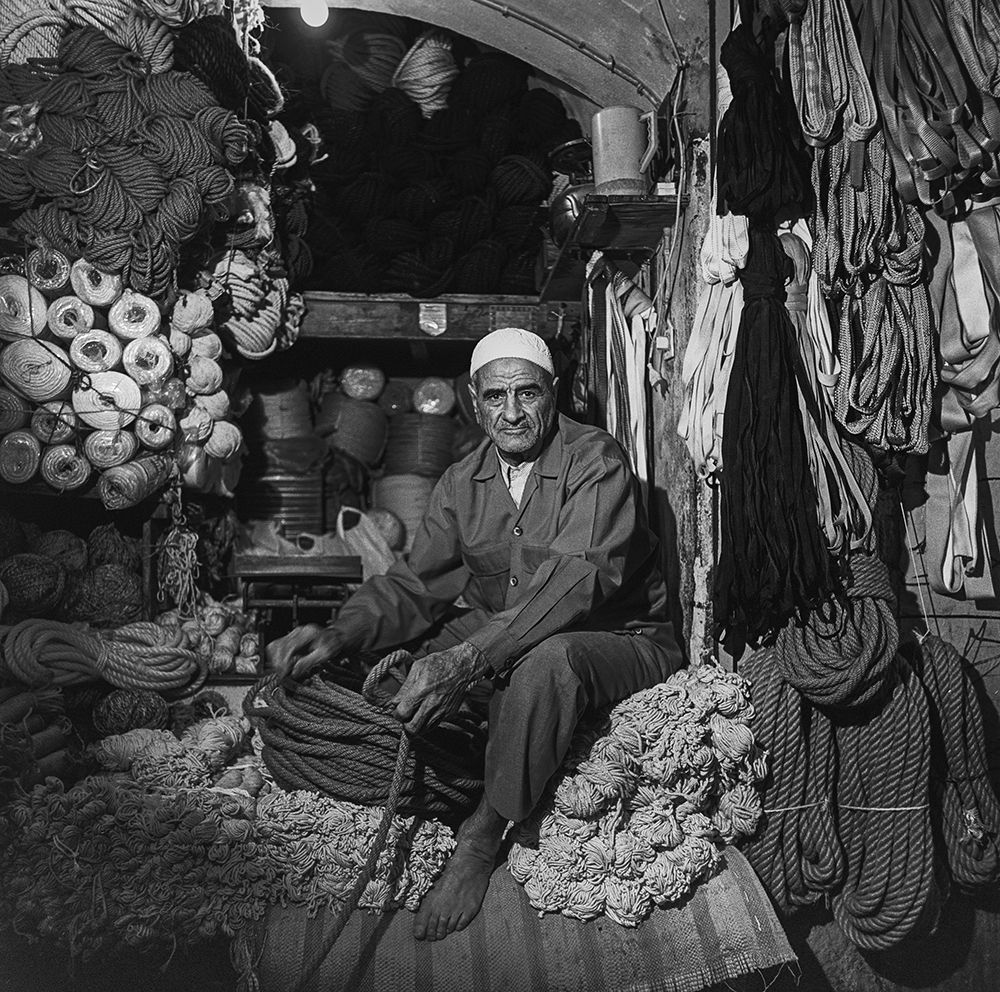
From Legacy in Stone by Kevin Bubriski, published by powerHouse Books
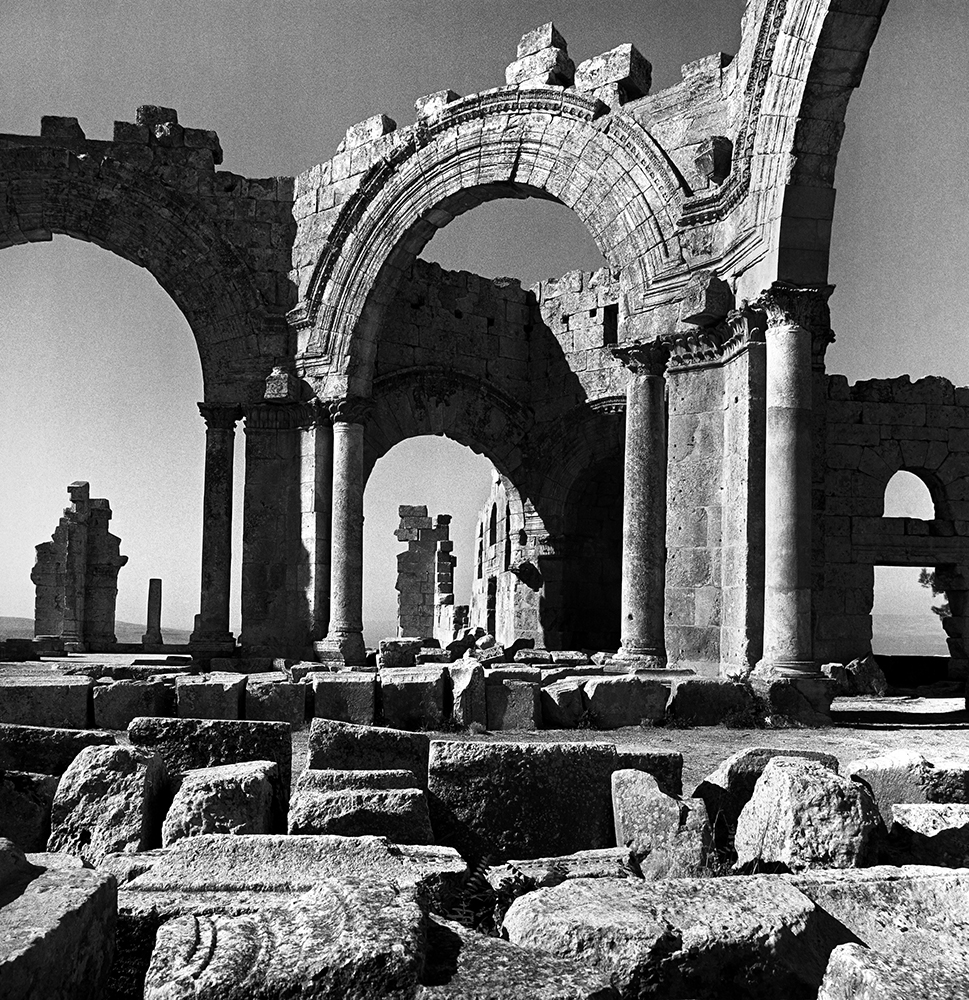
From Legacy in Stone by Kevin Bubriski, published by powerHouse Books
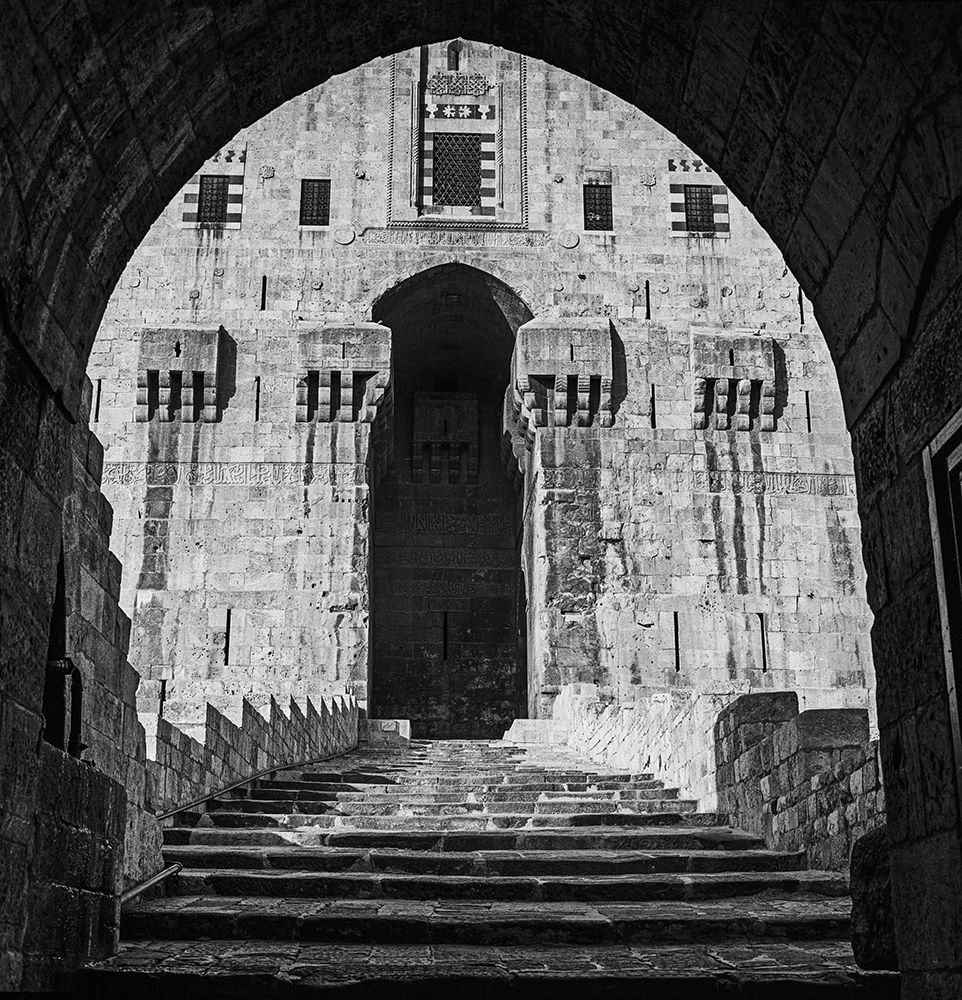
From Legacy in Stone by Kevin Bubriski, published by powerHouse Books

From Legacy in Stone by Kevin Bubriski, published by powerHouse Books
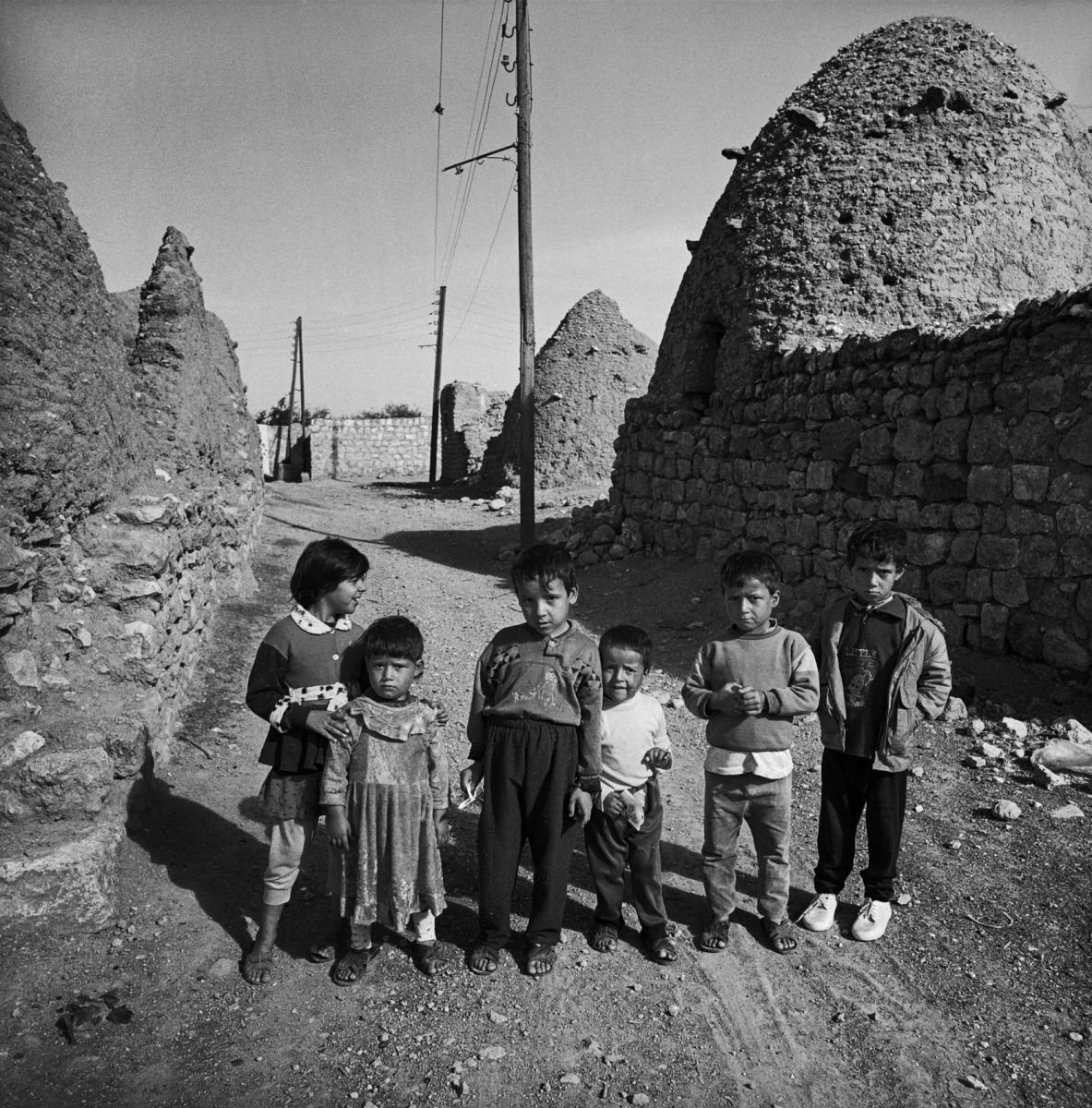
From Legacy in Stone by Kevin Bubriski, published by powerHouse Books
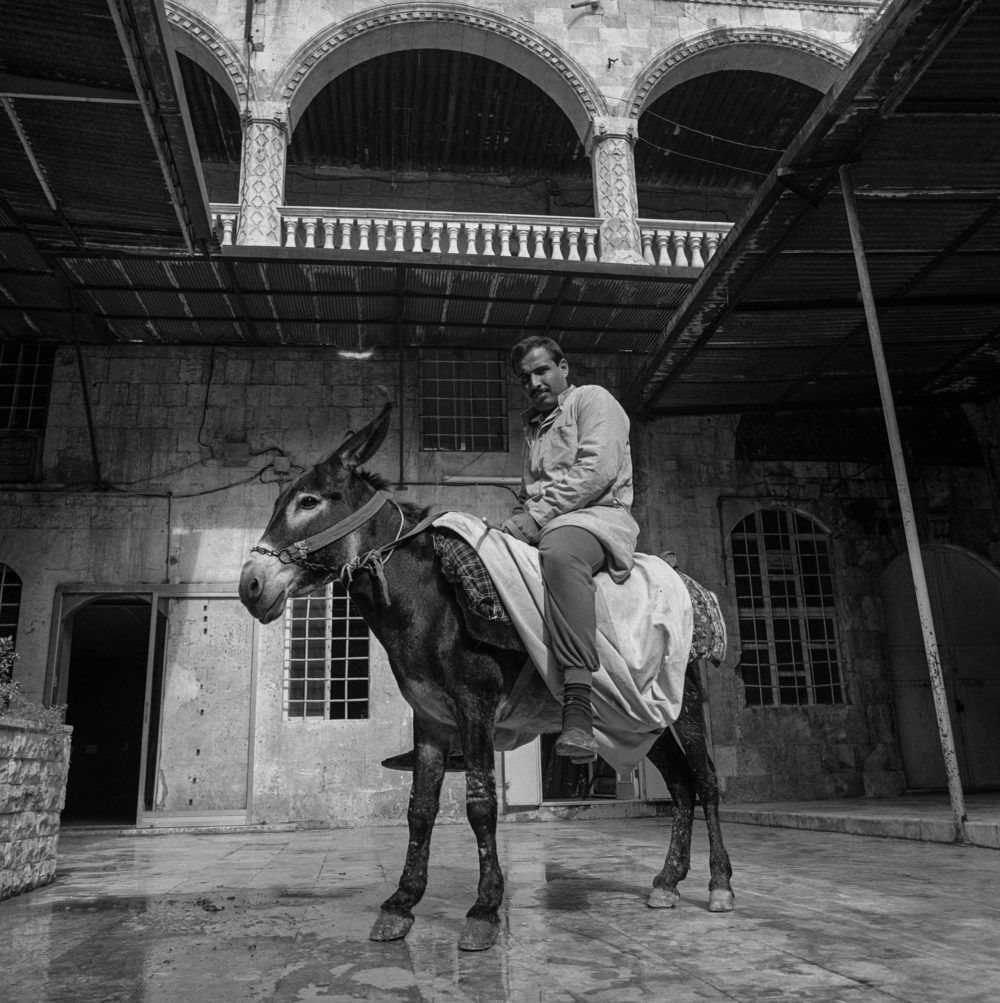
From Legacy in Stone by Kevin Bubriski, published by powerHouse Books
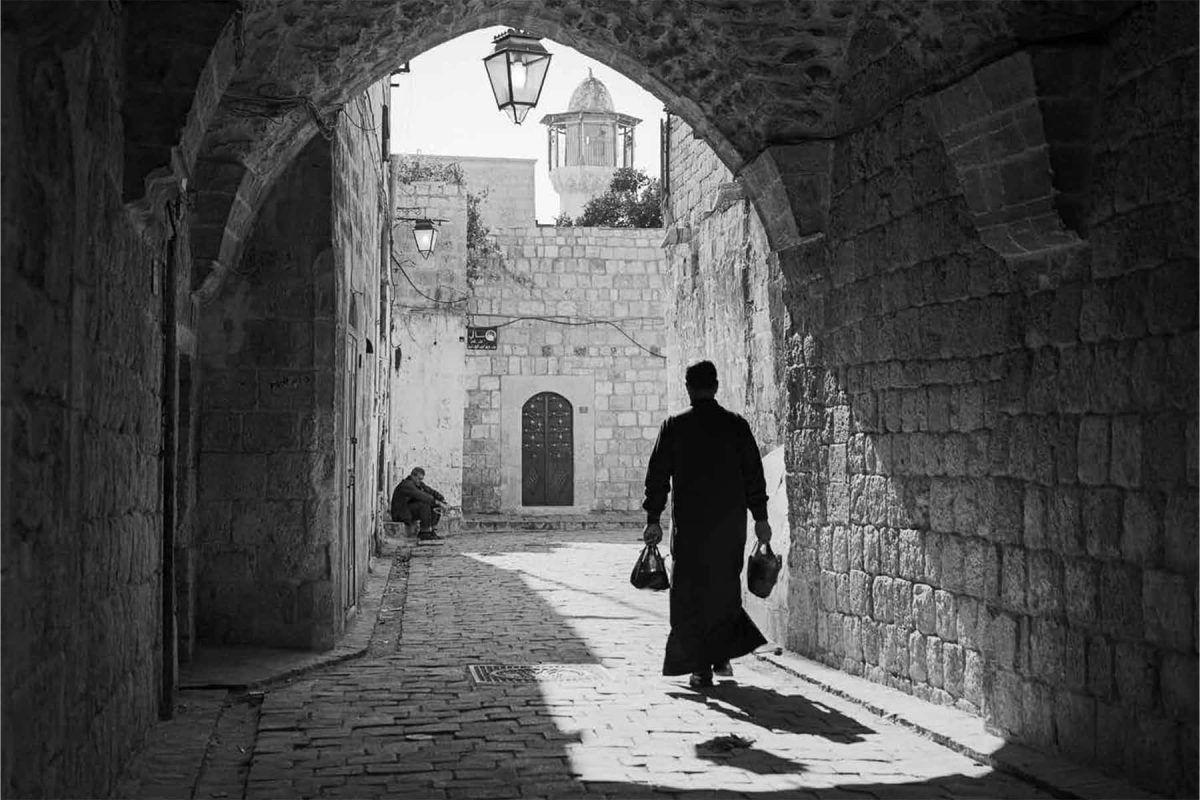
From Legacy in Stone by Kevin Bubriski, published by powerHouse Books
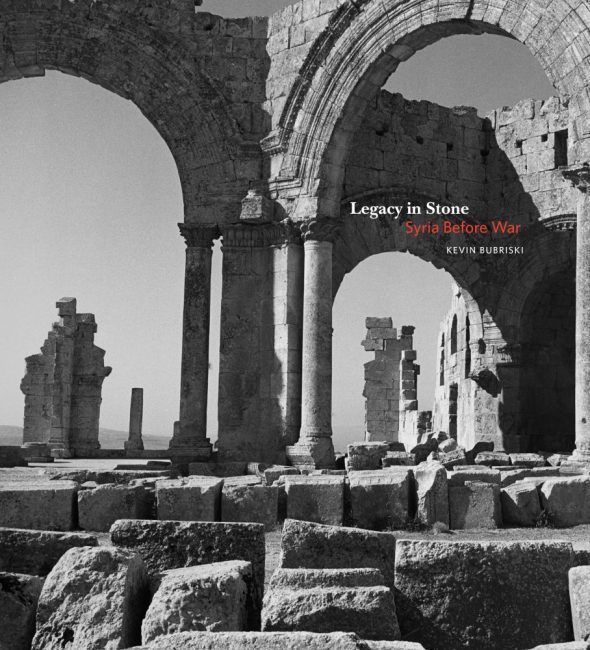
Kevin Bubriski’s fine art photography is in permanent collections at the Museum of Modern Art, Metropolitan Museum of Art, San Francisco Museum of Modern Art, and Bibliothèque Nationale, Paris. He is a recipient of Guggenheim and NEA fellowships. His books include Portrait of Nepal (Chronicle Books, 1993), Pilgrimage: Looking at Ground Zero (powerHouse, 2002), and Look into My Eyes: Nuevomexicanos por vida 1981-83 (Museum of New Mexico Press, 2016).
To see more of his work, and follow links to his books for sale, please visit https://kevinbubriski.com
Location: Online Type: Black and White, Book Review
Events by Location
Post Categories
Tags
- Abstract
- Alternative process
- Architecture
- Artist Talk
- artistic residency
- Biennial
- Black and White
- Book Fair
- Car culture
- Charity
- Childhood
- Children
- Cities
- Collaboration
- Community
- Cyanotype
- Documentary
- Environment
- Event
- Exhibition
- Faith
- Family
- Fashion
- Festival
- Film Review
- Food
- Friendship
- FStop20th
- Gender
- Gun Culture
- Habitat
- Hom
- home
- journal
- Landscapes
- Lecture
- Love
- Masculinity
- Mental Health
- Migration
- Museums
- Music
- Nature
- Night
- nuclear
- p
- photographic residency
- Photomontage
- Plants
- Podcast
- Portraits
- Prairies
- Religion
- River
- Still Life
- Street Photography
- Tourism
- UFO
- Water
- Zine

Leave a Reply